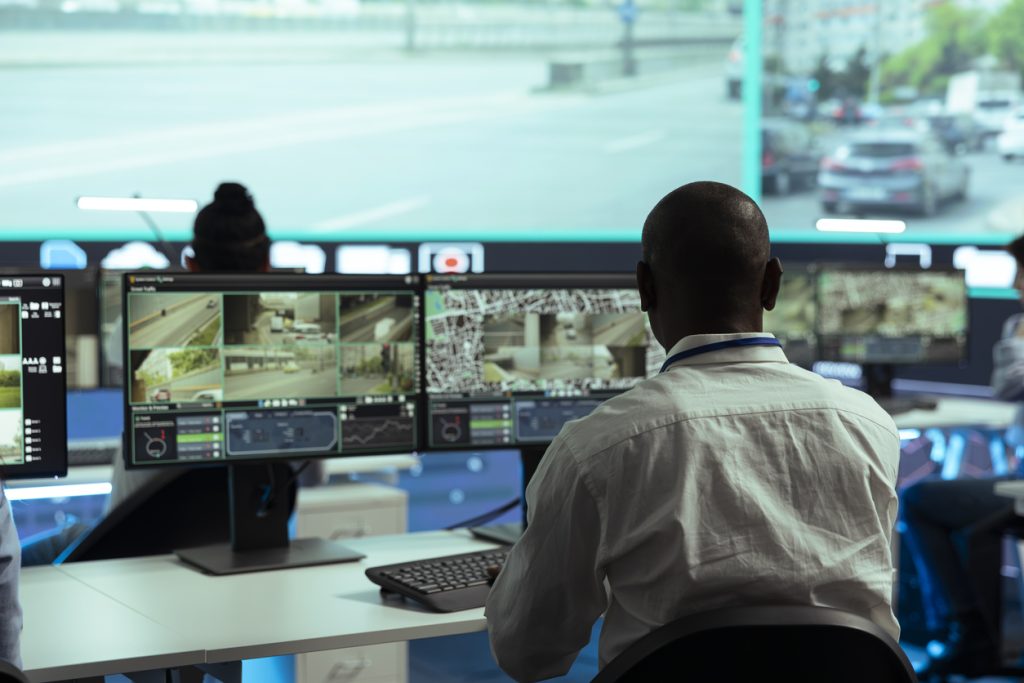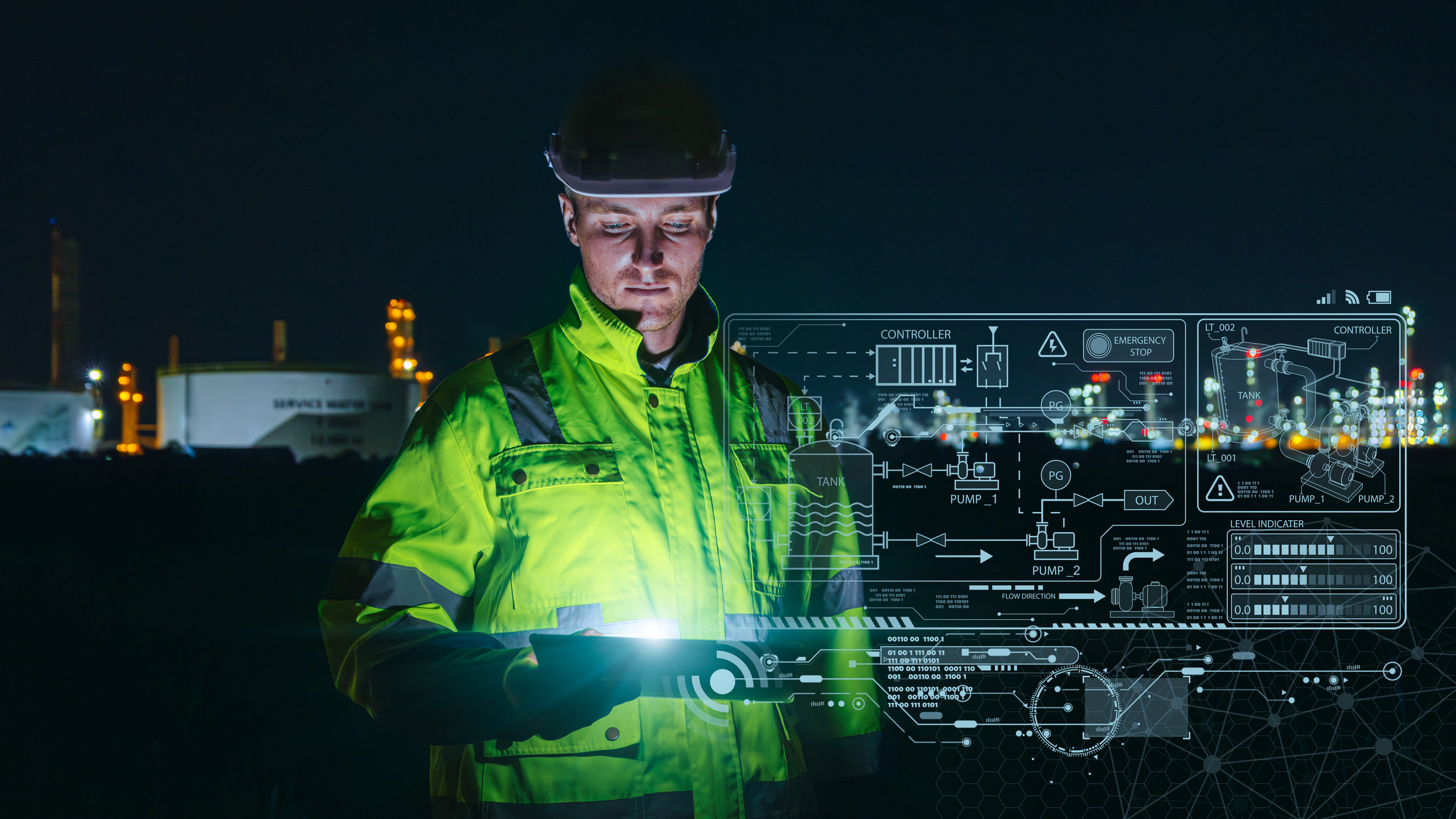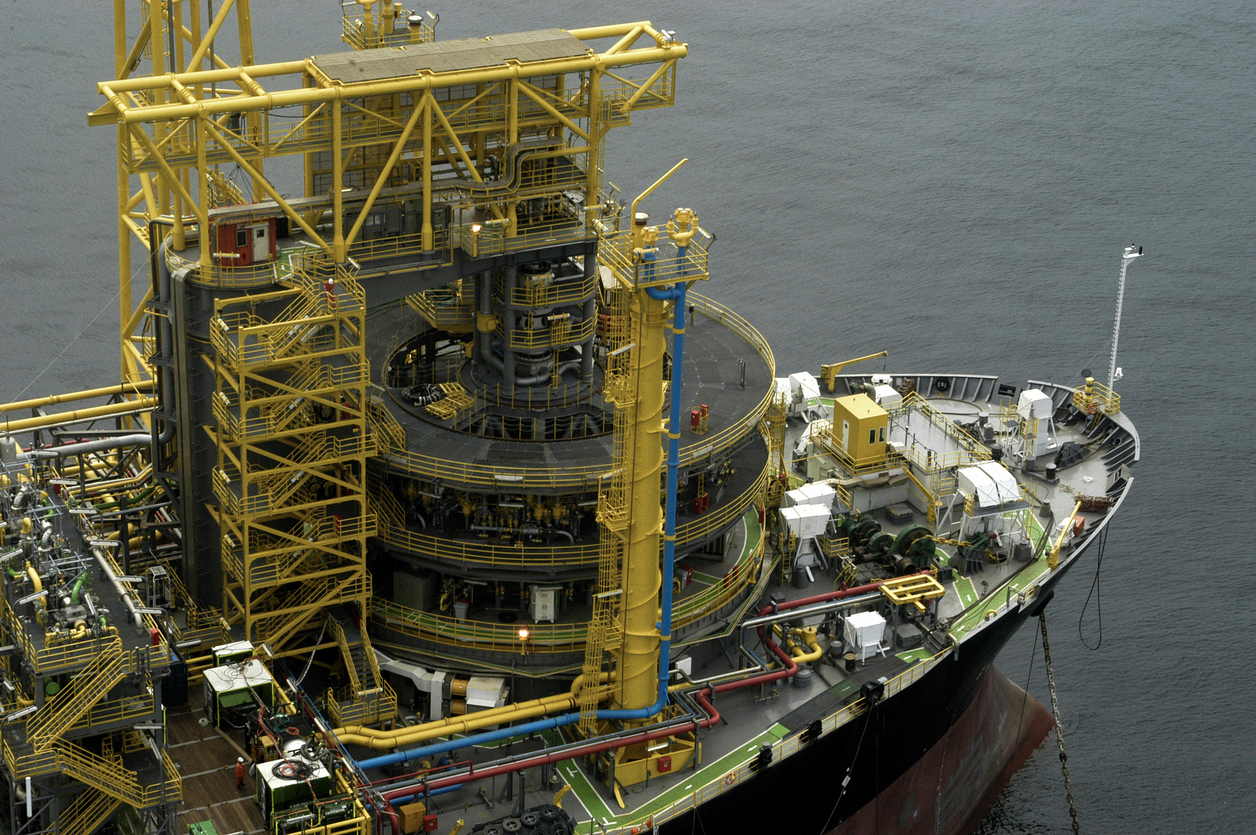Many companies have doubts about how long it takes for an intelligent monitoring solution to be fully operational and delivering results. Therefore, transparency is essential, making it clear what occurs in each phase, which activities can be performed in parallel, and which depend on technical milestones.
Implementation goes beyond camera installation, encompassing scope planning, field validations, integration with existing processes, and, most importantly, the precise definition of alerts. Throughout this article, we provide a detailed step-by-step guide to this process and highlight ALTAVE's unique features that shorten the time between turning on the system and seeing real value.
The kickoff meeting: understanding the challenge
The first step is diagnosis. Before installing any equipment, it's important to understand the operational reality, the highest risk points, and the client's strategic objectives. This initial meeting serves to align expectations and identify how monitoring can support not only safety but also operational continuity and efficiency.
Next, we address real-world challenges with use cases: lack of/incorrect use of PPE, improper presence in a restricted area, lingering in a risk zone, proximity of people to suspended loads, unauthorized movement, and more. We translate each risk into detection and alert rules. This clarity reduces rework in subsequent phases and allows us to anticipate a high-level schedule with weekly milestones.
In-depth technical analysis
Using the information from the initial meeting, the technical team creates a detailed map of the implementation area. Strategic points for camera placement, available infrastructure, and environmental conditions that could impact equipment performance are assessed.
This includes field inspections (or analysis of plans and images when going into the field is not possible), study of angles and lines of sight, evaluation of natural and artificial lighting, backlighting, obstacles, interference and operational distances so that detections are reliable.
Based on this analysis, the best hardware and software options are selected, ensuring compatibility and efficiency. This step is essential to prevent future failures and ensure the system delivers exactly what it was designed to.
Installation and configuration of equipment
During the installation phase, equipment is strategically positioned, covering critical areas and ensuring broad operational visibility. The process includes securing and orienting the devices, routing cables, powering, grounding, labeling, and electrical/optical testing.
After physical installation, technical adjustments are made to calibrate image quality, data stability, and configuration of monitoring areas, such as focus, exposure, brightness/backlight compensation, privacy masks when applicable, scenario calibration, and stability testing.
Then, operational rules come into play: defining red zones in the video, parameterizing detections, alert sensitivity and cooldown, silence windows for each scheduled routine, and creating dashboards and reports.
Alert systems, dashboards, and reports are configured according to each client's needs. All of this is done with care taken to minimize any impact on operations, ensuring that routine operations continue with as little disruption as possible.
Integration with existing systems and protocols
An important aspect of intelligent monitoring is its integration capabilities. The system can operate independently but also connect to the client's internal software, servers, network, and existing security protocols.
This integration ensures that monitoring is part of the company's ecosystem, strengthening risk management without creating barriers or duplicating processes. Furthermore, it complies with applicable regulatory standards, facilitating future audits and ensuring compliance with market requirements.
Specialized training
With the equipment installed and integrated, it's time to prepare those who will use the system on a daily basis. Training is a hallmark of ALTAVE, offering detailed and personalized onboarding for each operation, with paths for different profiles: operators who monitor in real time, teams responsible for responding to alerts, occupational health and safety (HSE) professionals, operations managers, and others.
This prevents technology from being underutilized and ensures teams get the most out of the solution from day one.
Start of operation and first results
After installation, integration, and training are complete, the system goes live and begins providing real-time data. In the first few weeks, we perform an assisted calibration phase: we adjust sensitivity, refine red zones, calibrate thresholds for different shifts/illuminations, and reduce false positives without compromising coverage. This is the step that transforms alerts into actionable insights.
Results emerge quickly, offering greater visibility into operational activities, faster risk response, and objective data for reporting and auditing. This is the stage at which companies realize the practical impact of intelligent monitoring.
ALTAVE's differentiators in implementation
ALTAVE brings together experience in critical operations in sectors such as oil and gas, mining, and energy, with a tailored approach: each plant has its own risks and constraints, and the project respects these realities. This allows us to shorten the curve to first results, because the rules and dashboards are already aligned with their actual use.
Another differentiator is 24/7 support, which guarantees service at any time of the day. The team continuously monitors the health of components, meets defined SLAs, and offers continuity plans to minimize impacts in the event of failures. This ensures the customer is assured that the system will remain stable and available even in critical situations.
Conclusion
Implementing an intelligent monitoring system doesn't have to be time-consuming or complex when there's a clear methodology. With ALTAVE, the transition goes from diagnosis to practical use in a structured and secure process that prioritizes both reliability and agility.
More than just installing equipment, it's about delivering visibility and reliability for critical operations. Want to understand specific deadlines and possibilities for your operation? Entre em contato com nossos especialistas e descubra como o monitoramento inteligente pode começar a gerar valor em pouco tempo.
About ALTAVE
ALTAVE offers intelligent monitoring solutions that increase safety in critical operations, protecting people, assets, and processes. By combining cutting-edge technology with automated analysis, it is possible to identify risk situations in real time and prevent accidents before they happen.
With real-time monitoring, intuitive dashboards and 24/7 support, ALTAVE contributes to operational safety and the protection of lives and essential resources. The company has patented technologies in Brazil and abroad, and is present around the world, serving sectors such as Defense and Security, Energy, Mining, Ports, Agribusiness and Oil and Gas.
Recognized for its strategic relevance, ALTAVE is accredited as a Strategic Defense Company by the Brazilian Ministry of Defense and a supplier to Petrobras.
Let's have a chat?
Contact us to learn more about how our solution can help your company!





